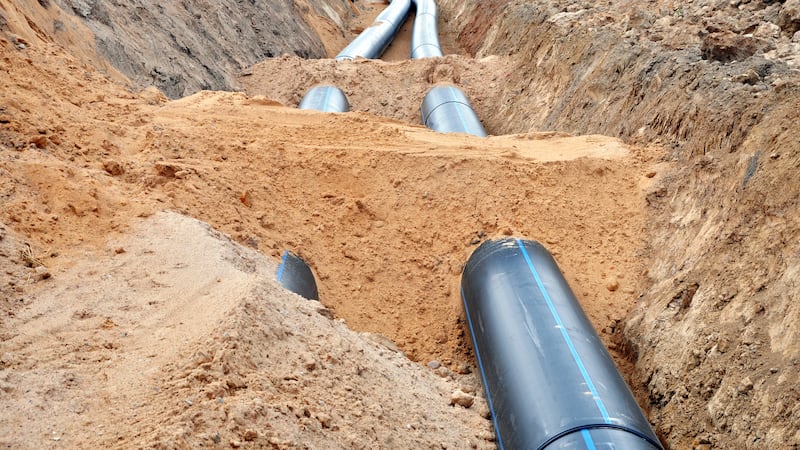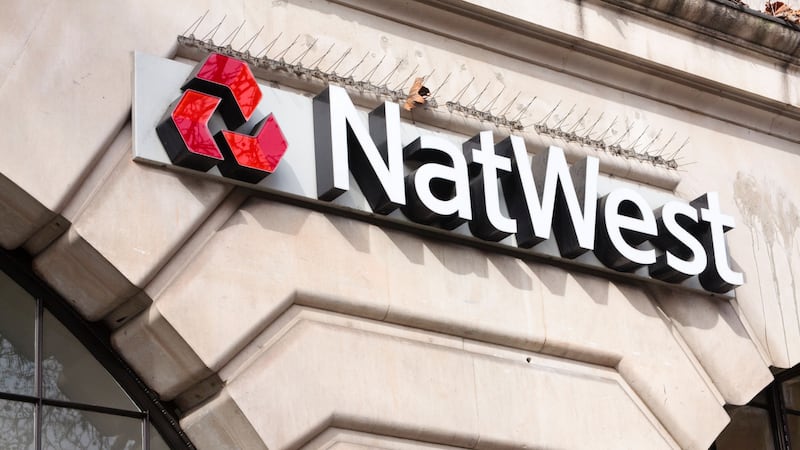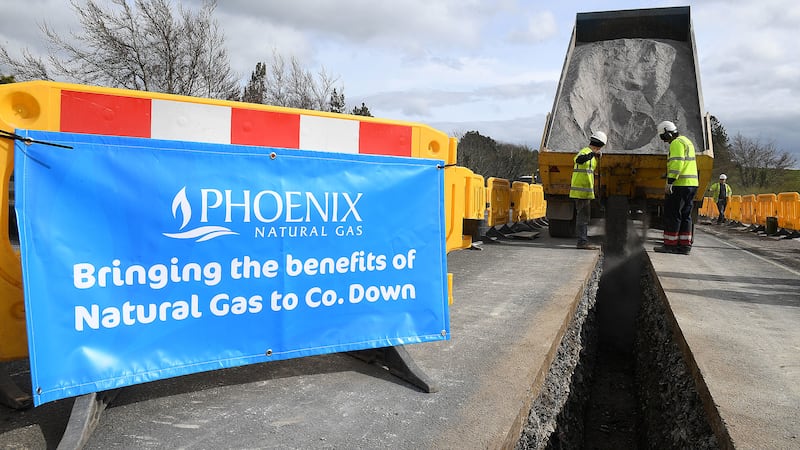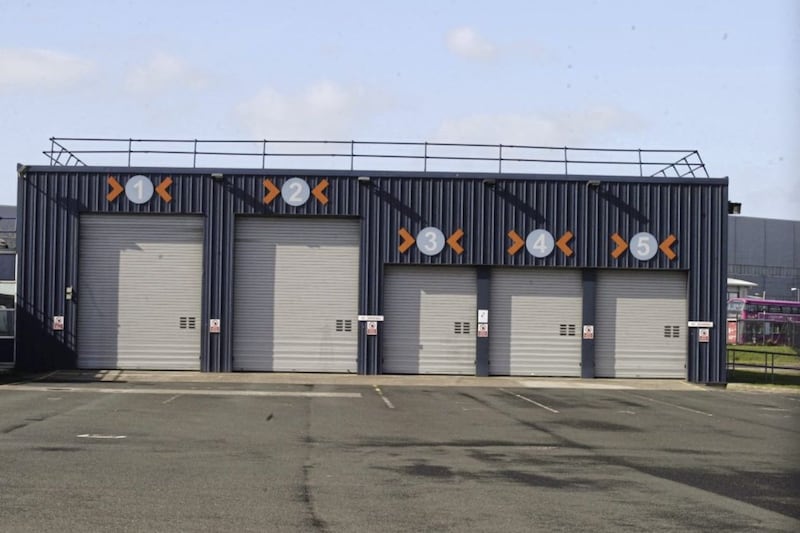Infrastructure is a fundamental building block of society. It brings us together, protects the environment, and supports economic growth. The benefits of high-quality infrastructure are more important today than ever before given the need to super-charge the economy and address the climate crisis, which will require really significant investment over the coming decades, mostly in the transport, renewables and buildings sectors.
Our closest neighbours are making significant headway in relation to infrastructure. In November the National Infrastructure Commission (NIC) published its second National Infrastructure Assessment (NIA) setting out the UK’s long-term infrastructure needs.
Jeremy Hunt’s autumn statement addressed several of the NIA’s recommendations, including reforms to the planning process. The chancellor also announced that a new National Infrastructure Strategy (NIS) will be published this year and that it will respond to the NIA in full. But due to devolution, much of the content of the NIA and future NIS will not apply to Northern Ireland. In October the Irish government also unveiled plans for an Infrastructure, Climate and Nature Fund, supporting investment in both the environment and the economy, and crucially pre-empting any ‘stop-start’ capital investment cycles that can occur during an economic downturn.
In Northern Ireland past and present fiscal challenges have resulted in an enormous infrastructure deficit. According to a report by the Audit Office, published in 2019, the road maintenance backlog alone totalled £1.2 billion and this has continued to increase since then.
In addition, our lack of wastewater infrastructure is constraining development, demand for social housing is outstripping supply and public transport usage lags the rest of the UK. Failing to address this deficit systemically and comprehensively will only lead to further deterioration and future generations will be faced with an even larger deficit.
Ongoing fiscal challenges have led to the Department of Finance (DoF) initiating a consultation on potential measures to balance the books. DoF’s document recognises that a combination of measures may be required to put us on a much more sustainable footing. These include transforming our services, harnessing new technologies, leveraging additional funding, revenue raising, finding efficiencies, and prioritising critical services over non-essential ones.
What would this change look like in the context of infrastructure? Globally, infrastructure projects take on average 12 years to deliver. This means we must commence the delivery of the infrastructure needs of the mid-2030s today. A detailed plan is therefore essential. Whilst there are several strong infrastructure-related plans, Northern Ireland currently does not have a single cross-sectoral one, akin to the UK’s National Infrastructure Strategy or the National Development Plan in Ireland.

In 2022 the previous executive did publish a draft Investment Strategy for consultation, ‘Infrastructure 2050′; but this could not be finalised due to the dissolving of the assembly.
Like the approach adopted by the NIC, the development of a plan must begin with a clear understanding of our current baseline and relevant sectoral policies where they exist. This evidence-based approach will allow us to plan over more meaningful time horizons and focus on the legacy we are leaving for the next generation.
Given our infrastructure deficit, it is inevitable that the development of an infrastructure plan will identify a long-list of challenges, and a list of potential interventions that extends well beyond the current financial capacity.
Projects should then be rigorously analysed and progressively whittled down to arrive at a realistic short-list. The process should consider the maintenance, renewal and resilience of our aging assets, as well as constructing new ones.
The process of triaging will require a single set of carefully developed criteria that identify relative priorities across the public sector. It will also be necessary to apply the criteria in a strict and consistent manner. Without this uniform approach, it will be impossible to robustly take difficult decisions to invest in one thing over another.
The analysis will, of course, also identify lower priorities. Existing projects aimed at addressing these should be carefully considered as continuing to develop lower priority projects will result in fewer remaining resources to focus on those of higher importance.
In addition to planning and prioritisation, there is a need to critically examine how we expand the financial envelope for infrastructure. The recently published NIA identifies that private sector investment will account for around 50% of total infrastructure investment over the next two decades. Northern Ireland currently remains heavily reliant on public sector funding for the delivery of major infrastructure projects.
Opportunities exist to chart a new course and better leverage private sector investment, in combination with public sector funding, whether it be to develop our electric vehicle charging network or increase housing stock.
The UK Infrastructure Bank, established in 2021, also presents an opportunity for the Executive and councils to temporarily expand their financial envelope. In line with the consultation document published in 2022, it will be necessary for any final Investment Strategy to include proposals on how infrastructure requirements will be financed.
Once a clear plan is in place and funding has been secured, we must focus on quickly turning plans into reality. Northern Ireland has immensely talented infrastructure professionals; however, individuals are limited, and expertise is dispersed across the public
sector. These factors make it difficult to deploy the right skills to the right place at the right time, decreasing the likelihood of project success.
A report by the Audit Office, published in 2019, recommended that that alternative major project delivery structures be explored. This is increasingly important today given the need to deliver more with less. The UK government Commercial Function and the Infrastructure and Projects Authority are examples of models where skills and resources are held centrally but deployed to departments to support delivery.
The implementation of a similar approach in Northern Ireland could allow us to pool skilled resources, develop deep infrastructure delivery expertise and deploy resources to where they are needed most, whilst at the same time ensuring funding departments retain overall accountability and control.
Over the next two decades, we will be required to deliver increased levels of infrastructure investment. This will necessitate new ways of working, more effective use of technology, new contracting mechanism to better harness supply chains, and increased uptake of modern methods of construction to deliver faster and more efficiently.
Finding and implementing these new approaches is essential if we are to deliver on our climate change obligations, support strong economic growth and leave a positive legacy for future generations.
:: Dr Kaine Lynch is a director in EY Northern Ireland’s government and infrastructure team








